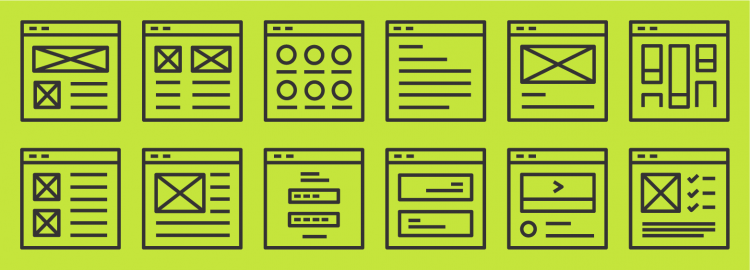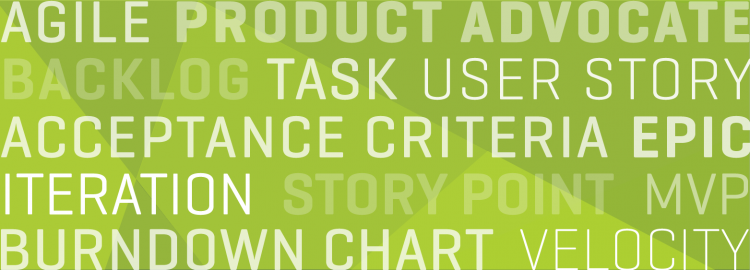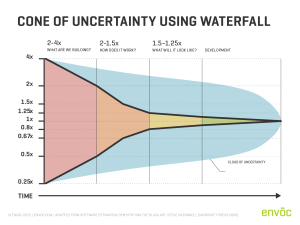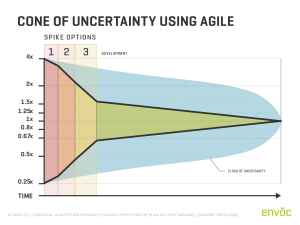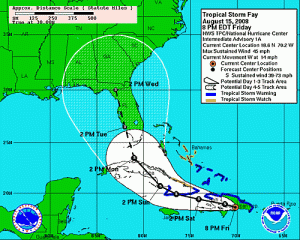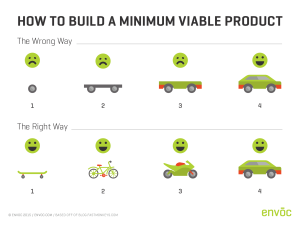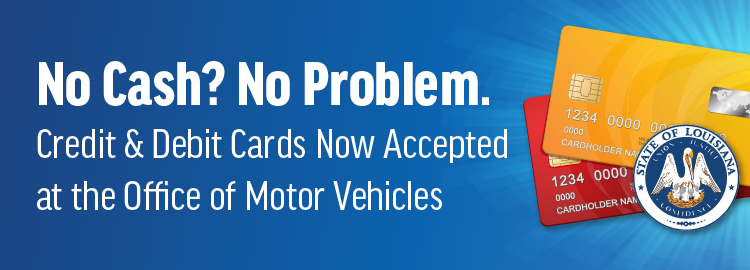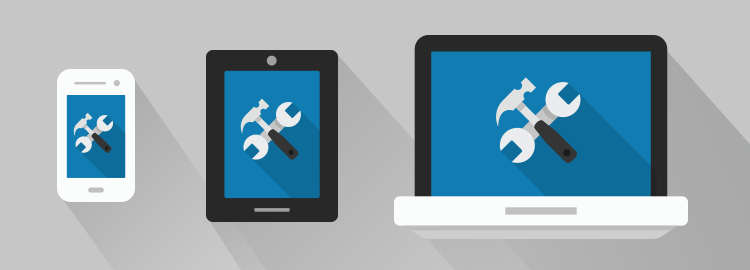Reshoring vs. Nearshoring vs. Offshoring
In the ever-evolving world of software development, choosing the right team to bring your project to life is crucial. Many companies have turned to offshoring, attracted by the promise of cost savings. However, the reality often falls short, with numerous risks and past failures highlighting the pitfalls. At Envoc, based in Baton Rouge and Hammond, Louisiana, we advocate for “reshoring,” bringing it back from overseas, and “nearshoring” within the United States as the superior choice for any software project. Here’s why nearshoring with Envoc is your best bet for success.
Understanding the Risks of Offshoring
Offshoring might seem like a cost-effective solution initially, but it often comes with hidden costs and significant risks. Time zone differences can lead to communication delays, making project management challenging. Cultural and language barriers can result in misunderstandings and misalignment of expectations. For instance, idioms, figures of speech, and cultural nuances can be easily lost, leading to confusion and miscommunication. Moreover, varying quality standards and lack of direct oversight can lead to subpar deliverables and increased project timelines. Due to these offshoring challenges, many companies have faced project failures, extended timelines, and inflated budgets.
Nearshoring: A Better Alternative
Nearshoring, on the other hand, mitigates these risks by keeping your project within the same or similar time zones and cultural contexts. Working with a team in the United States ensures more accessible and more effective communication, aligned work hours, and a better understanding of business practices and legal standards. This results in a more collaborative and agile development process, ensuring your project stays on track and meets your quality expectations. Nearshored firms are more likely to be familiar with and comply with HIPAA, PCI, SOC2, and GAAP. Further, a local firm is more accountable to non-disclosure agreements, copyrights, and intellectual property expectations.
Louisiana: The Silicon Bayou
Choosing Envoc as your nearshoring partner brings additional benefits. Our Baton Rouge and Hammond-based team is composed of highly skilled professionals with expertise in various technologies, including .NET, SQL Server, Node.js, and more. We pride ourselves on our disciplined approach to software development, ensuring that each project is executed precisely and excellently. Our local talent alleviates the confusion in communication by understanding local idioms, figures of speech, and cultural elements absent in offshoring engagements. Our proximity allows regular in-person meetings, fostering a closer working relationship and better project outcomes.

The Human Factor: Work-Rest Balance at Dinner Time
Another critical advantage of nearshoring is the alignment of work schedules. Offshore engagements often require managing teams across varied time zones, which can interrupt personal and family time. Imagine dreading a 7pm stand-up meeting with a remote team before a family dinner. Such scheduling conflicts can impede relaxation and upset family dynamics. Nearshoring with Envoc eliminates these disruptions, as our team works within the same or similar time zones, allowing for a healthier work-life balance and more productive collaboration.
Conclusion
Offshoring may promise savings, but the risks often outweigh the benefits. Nearshoring with Envoc ensures effective communication, cultural alignment, and high-quality deliverables. Our Baton Rouge and Hammond teams are ready to bring your software projects to life with the expertise, reliability, and dedication you deserve. Choose Envoc for a partnership that goes beyond just development—choose a team committed to your success and well-being.
Get the Conversation Started
Modernizing your internal technology stack is vital for driving innovation, staying competitive, and enhancing operational efficiency. By understanding software modernization approaches and carefully considering strategic alignment, technology stack evaluation, organizational preparedness, and security, you can make informed decisions that enable your organization to thrive in the digital era.
Tell our chatbot you have an idea to get started or contact me directly to get started with your project or modernization.




